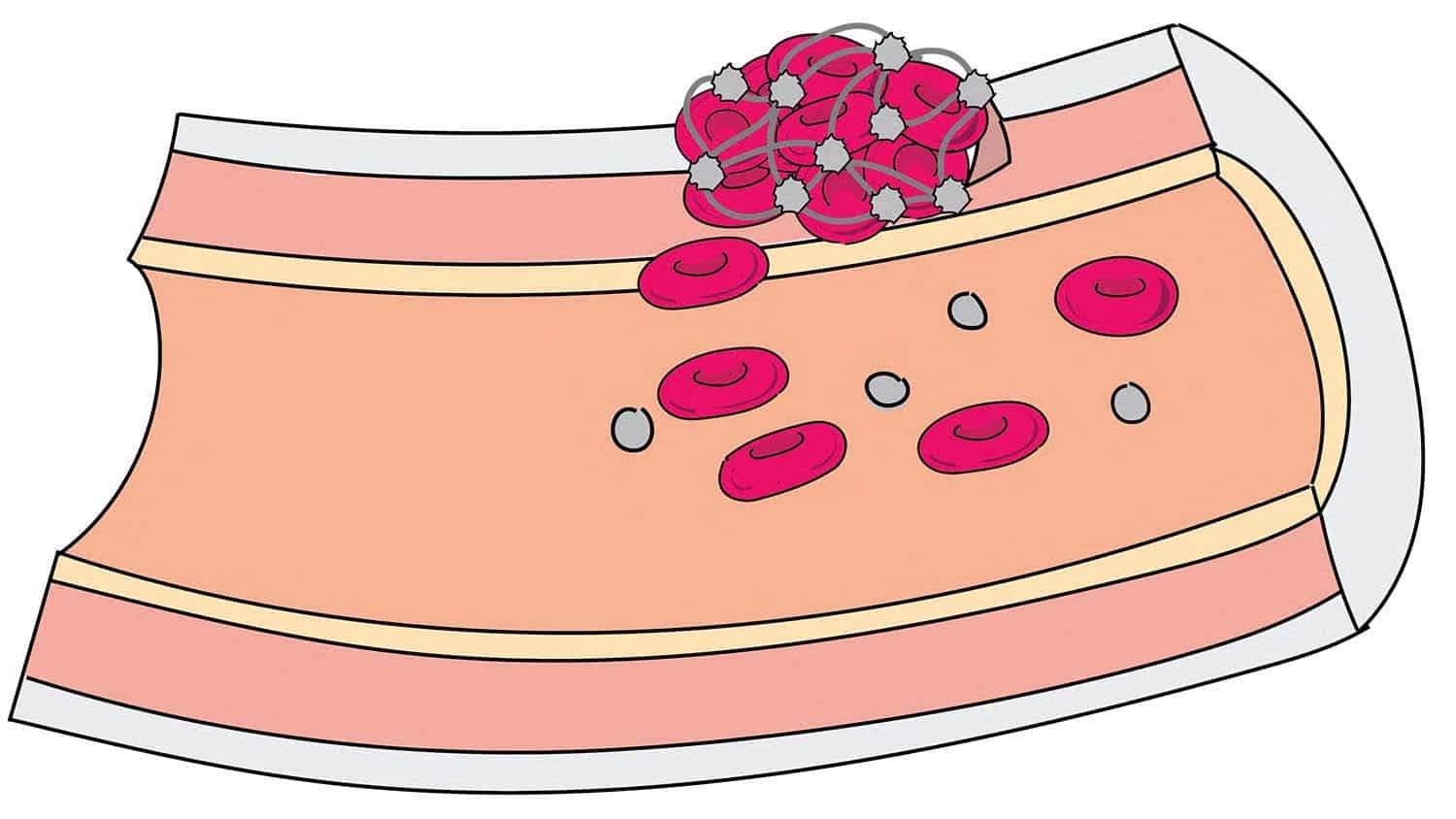Q&A: Understanding and Avoiding Harmful Environmental Chemicals

You’ve probably seen “BPA-free” labels on products like water bottles or food storage containers. But what does that mean? Are products that make this claim guaranteed to be safe? And what else that you buy might be hurting you?
Heather Patisaul, a professor in the Department of Biological Sciences, studies how environmental chemicals affect our health. In this Q&A, she walks us through what they are, where they’re found and how to avoid the ones that could harm us.
A lot of people have been advised to buy products that don’t contain BPA (bisphenol A), but what are some of the less-publicized chemicals that are harmful to humans but are nonetheless found in products we use every day?
Flame retardants, surfactantants (chemicals that make food wrappers, tents, pans and many other things nonstick) and the catch-all class of chemicals listed as “fragrance” are all concerns. Many are known to be neurotoxic, endocrine disrupting and irritating to the skin or lungs. Some are allergens. Many are also highly persistent, meaning they’re going to be in our environment and our bodies for a long time.
So just because something is labeled “BPA-free,” that doesn’t necessarily mean it’s safe?
Correct. They question you should ask yourself is: What has it been replaced it with? All too often the replacement is chemically similar to the original and thus has similar toxicity. BPA is part of what I call a “BP alphabet soup,” including chemicals like BPS and BPAF. Lots of chemicals are like that — they have chemical cousins with similar potential health effects.
What are three items people might have in their houses right now that they should replace, and what are safe alternatives?
1. Old Teflon pans. Replace nonstick pans with one of the new ceramic types to minimize exposure to PFOA, PFOS and other toxic surfactants.
2. Products with artificial fragrance. Buying fragrance-free products is one of easiest ways to eliminate unwanted exposures.
3. Disposable plastics. I have a stash of silverware in my office I use for lunch, and my daughter uses a washable metal straw. I own a single plastic bag: the one I have to use to get my toiletries through airport security.
Bonus: If you can afford an organic latex mattress, that’s worth it, especially if you get allergies or other sensitivities at night.
What are endocrine disruptors, and what kinds of effects can they have on humans?
Endocrine disruptors are chemicals that interfere with hormones, such as estrogen or thyroid hormones, in the body. If that happens during development, those effects could be permanent. In the developing brain, endocrine disruptors interrupt hormone action and cause a variety of effects, including loss of brain sex differences and changes to neural pathways important for social behavior. Endocrine disruption during adulthood could contribute to infertility, lower sperm production, higher risk of cardiovascular disease, and possibly obesity and diabetes.
What types of materials are these endocrine disruptors found in?
They’re everywhere. They’re pretty common in personal care products, food containers and household cleaners. Some pesticides are also endocrine disrupting in addition to being known poisons.
What research is your lab doing to shed light on how BPA and other endocrine disruptors affect us?
We just finished a big project with the National Institute for Environmental Health Sciences and the Food and Drug Administration called CLARITY-BPA and confirmed that developmental exposure to BPA, even to very low doses, can alter how the brain is organized. We’re finding similar effects from flame retardants in multiple species. We also have a collaboration with a colleague at Duke University to see if the placenta might be a particularly vulnerable target for endocrine disruptors. To our surprise, we are finding that some endocrine disruptors accumulate to a higher degree in placentas from male offspring than female offspring, so we are working to understand how that sex difference arises and what the consequences might be, especially for the developing brain.
This post was originally published in College of Sciences News.


